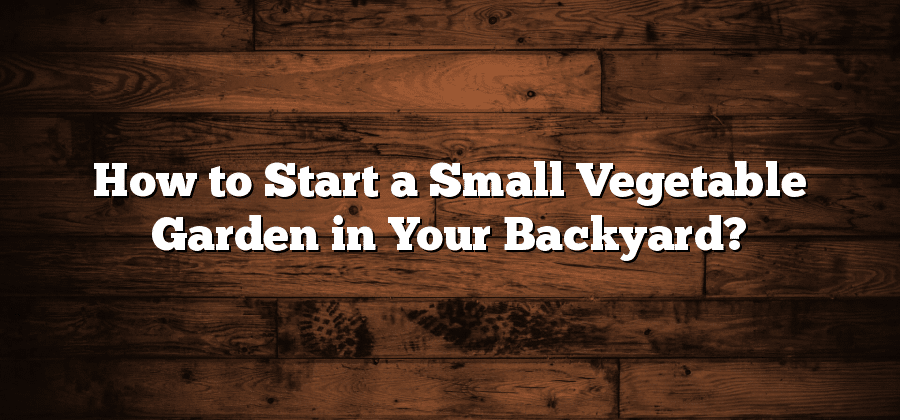Assessing Your Backyard Space
One of the most important steps in starting a successful vegetable garden is assessing your backyard space. Before you can begin planting and cultivating your crops, it is crucial to understand the unique characteristics and limitations of your outdoor area. Take the time to carefully observe and measure the available space, noting any areas that receive ample sunlight or shade, as well as any obstacles such as trees or structures that may affect the growth of your plants.
Once you have assessed your backyard space, you can identify the best locations for your vegetable garden. Remember that most vegetables require at least six hours of direct sunlight each day, so choose an area that receives ample sunlight. Additionally, consider access to water sources and the proximity to your kitchen for convenience when harvesting your fresh produce. By taking the time to assess and plan your backyard space, you will set yourself up for a fruitful and enjoyable vegetable gardening experience.
Choosing the Right Vegetables for Your Climate
As you embark on your vegetable garden journey, it is essential to consider the climate in your region before selecting which vegetables to grow. Different vegetables thrive in different types of climates, and understanding this can greatly increase your chances of a successful harvest.
The first step in choosing the right vegetables for your climate is to research the average temperatures, rainfall patterns, and frost dates in your area. This information can typically be found through local gardening resources or by contacting your county’s agricultural extension office. By knowing the specific climate conditions that you will be working with, you can narrow down your vegetable options to those that are most likely to flourish. Remember, selecting vegetables that are suitable for your climate will not only save you time and effort but will also maximize the yield and quality of your produce.
Preparing the Soil for Planting
The first step in preparing your soil for planting is to remove any existing vegetation or debris from the area. This may involve manually pulling out weeds or using a garden hoe to break up larger chunks of soil. It’s important to get rid of any unwanted plants as they can compete with your vegetables for water, nutrients, and sunlight.
Once you have cleared the area, it’s time to test the pH level of your soil. This will give you an idea of how acidic or alkaline your soil is, which can affect the growth and development of your vegetables. You can easily obtain a soil testing kit from your local garden center or cooperative extension office. If the pH level is outside the ideal range for your selected vegetables, you can make the necessary amendments to bring it back into balance.
Selecting and Obtaining Quality Seeds or Seedlings
When it comes to creating your dream vegetable garden, selecting and obtaining high-quality seeds or seedlings is a crucial step. The success and productivity of your garden depend greatly on the quality of the plants you choose to grow. Therefore, it is essential to do thorough research and make informed decisions during the selection process.
Start by considering the specific vegetables you want to grow and the climate conditions in your region. Certain plants thrive in particular climates, so it is important to choose seeds or seedlings that are suitable for your area. Local gardening centers, nurseries, or agricultural extension offices are great resources to help you determine the best varieties for your region. Additionally, you can seek advice from experienced gardeners or join local gardening communities, where you can exchange information and learn from each other’s experiences. By taking the time to select the right seeds or seedlings suitable for your climate, you are setting a solid foundation for a successful and bountiful garden.
Planning and Designing Your Garden Layout
Once you have assessed your backyard space and determined the right vegetables for your climate, it is time to start planning and designing your garden layout. This step is crucial as it will help optimize the use of space and ensure that plants are arranged in a way that promotes healthy growth and easy maintenance.
Begin by sketching out your garden layout on paper, taking into consideration the size and shape of your backyard. Consider factors such as sunlight exposure, soil condition, and accessibility. Create designated areas for different types of plants, allowing enough space for each to grow and thrive. Additionally, think about any specific requirements or preferences you may have, such as incorporating paths, raised beds, or trellises. By carefully planning your garden layout, you can create a harmonious and functional space that will yield a bountiful harvest.






